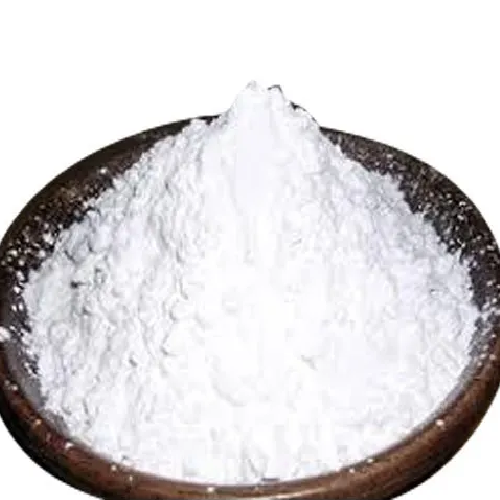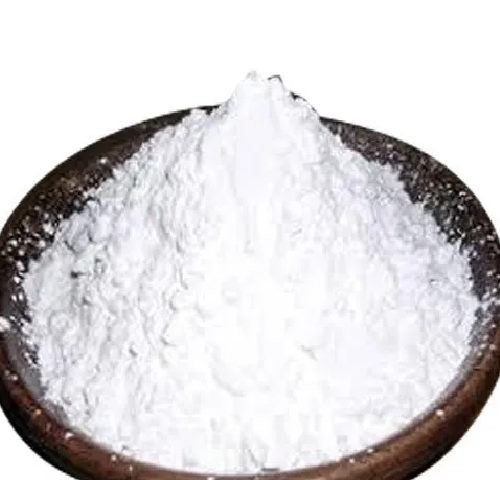4 Helpful Uses for Ground Calcium Carbonate

Why Mewar Microns Is the Best Choice for Calcium Carbonate Suppliers in India
December 20, 2022
The Benefits of Using Talc Powder in Refractory Applications
January 19, 2023
Introduction:
Ground Calcium Carbonate (GCC) is an important mineral compound found in nature. This substance is a naturally occurring compound, commonly found as a white powder or colorless material. GCC has a wide range of industrial and scientific applications and can be used in a variety of products and processes. In this article, we will discuss four common uses of GCC, why they are useful, and potential pitfalls to consider.
Use as a Filler Material
GCC is commonly used as an extender for clay-based glazes and fillers in a number of industries. Clay-based materials such as glazes and putties can have a greater density than desired, reducing their desired properties and weakening performance. By adding GCC to these materials, the added material helps support the clay, resulting in a stronger composite that can be produced in larger quantities.
Benefits
The benefits of adding GCC as a filler material are numerous. As a filler material, it is relatively inexpensive compared to other materials like few and kaolin, which are already expensive. GCC also can be produced relatively easily and quickly, allowing for a consistent supply even large orders and manufacturing requirements. The strength of materials that include GCC as a filler is usually greater than that which is clay-based alone, making them more durable and long-lasting.
Potential Drawbacks
The addition of GCC as a filler compound also has potential drawbacks. These materials are harder than clay alone, which can make them difficult to work with. A disadvantage of GCC as a filler material is that it can be difficult to maintain a consistent distribution throughout a medium and can easily settle, resulting in a reduction in the desired properties of the composite material. This can have a detrimental effect on the integrity and mechanical properties of the product.
Production of Inert Coatings
Another common use for GCC is the production of protective coatings for a variety of applications. GCC is an inert material, meaning it is not chemically reactive and does not interact with other materials. This makes it an ideal material for protective coatings, such as those found on automobiles, sporting and camping equipment, and electrical wiring.
Benefits
Using GCC for coatings offers a number of benefits. Due to its inert properties, it is resistant to a variety of environmental conditions and is not easily degraded or destroyed. GCC is also relatively inexpensive, often costing lower than other protective materials, such as those used for powder coatings and other finishes.
Potential Drawbacks
As with other applications, the use of ground calcium carbonate in coatings is not without its potential drawbacks. The material can lack certain properties that other materials might possess, such as enhanced wear resistance or water-proofing capabilities. Additionally, it can be difficult to apply, as it can clump or settle when mixed with other materials, resulting in a poor coat.
PH Regulation in Soil
GCC can also be used to alter the pH levels of soil, which is important for promoting healthy plant growth. The pH level of soil is a measure of how acidic or basic it is, and the addition of GCC can help adjust these levels and improve soil fertility.
Benefits
Adding GCC to soil as a pH regulator has a number of benefits. It is relatively inexpensive, and its results can last for a long time as it does not break down easily. Additionally, it does not leach out of the soil, meaning that it can remain effective for a long time.
Potential Drawbacks
When using GCC as a pH regulator in soil, it is important to consider potential drawbacks. While it can be effective in increasing soil pH, it can be difficult to accurately predict how much GCC should be added in order to achieve the desired levels. GCC should be used with caution in acidic soil, as it can lead to an increase in alkalinity in the soil, which can be harmful to some plants.
The Production of Paints, Cements and Mortars
GCC is often used in paints, cements and mortars for a variety of reasons. GCC is primarily used as a binding agent in the production of these materials. It helps to bind the various ingredients together and promote greater adherence to surfaces. It can also be used to enhance aesthetic properties, such as increasing paint opacity and brightness.
Benefits
Using GCC as a binding agent can offer a number of benefits. A major benefit is the cost reduction of GCC as compared to other binding agents or materials. Additionally, it can be blended with other additives or used as a stand-alone material, enhancing the way the binder interacts with its other components.
Potential Drawbacks
The use of GCC as a binding agent also has potential drawbacks. It is non-porous and has a low absorptive capacity, which can limit its use in certain applications. Additionally, due to its hardness, GCC can be more difficult to mix and blend into other materials, resulting in poorer adhesion of the other components.

